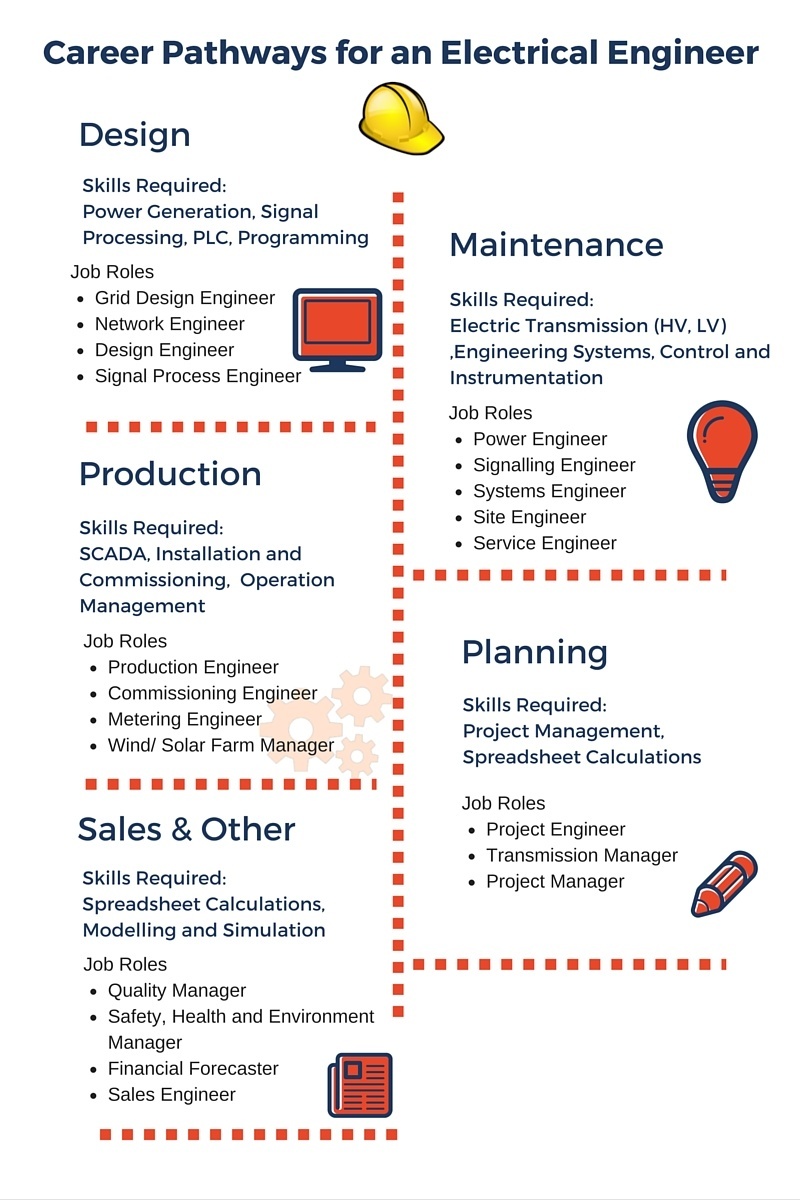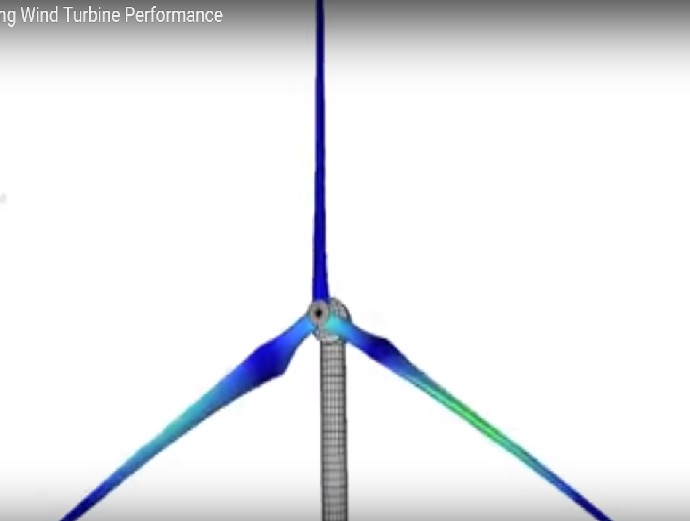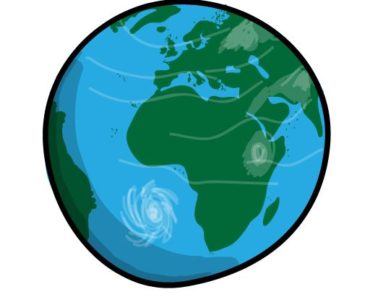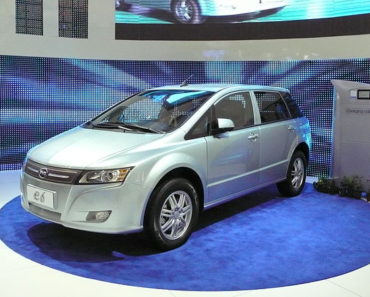Contents
In this article we will look at the biggest, largest and tallest wind turbines in the world. In the later half of the article we will explore why the wind industry is making these huge turbines and what the future holds for large scale wind turbines.
So lets begin with the top five wind turbines. The turbines are listed with increasing level of output.
MingYang SCD 6.5
The MinYand SCD 6.5 is the largest two bladed turbine in the world. It was developed by Chinese concern MingYang Wind Power ltd in 2013 and at peak can generate 6.5 MW of power. It is an offshore, downwind turbine that was developed to handle Chinese Typhoon conditions. The turbine is lightest in the large scale wind category mainly because of only two blades.
Samsung S7.0-171
The rated power of Samsung S7 -171 is 7.00 MW. The rotor diameter is 171 meter. Samsung the phone giant also has a heavy industry division. Although Samsung’s main wind energy product is 2.5 MW turbine but it has recently been venturing in large wind power arena. Samsung has produced 2 turbines of 7 MW capacity one of which is a proof of concept located in Methil, Fife, Scotland.
Enercon E126
Enercon E126 is a turbine that can generate up to 7.58 MW energy. When it was launched in 2009, this wind turbine was the biggest in the world. This is a direct drive turbine, meaning there is no gear box in the nacelle. What makes this turbine unique compared to other turbines is that it has a very high hub height with relatively shorter blades. The idea is that the turbine would apprehend wind at higher elevation, where the quality of the wind is much higher. The turbine has a hub height of 135 m, rotor diameter of 126 m and a total height of 198 m.
Siemens SWT-8.0-154
Siemens SWT 8.0 -154 is a 8 MW turbine. So far only one working model of this turbine has been made. It has a rotor diameter of 154 m and a swept rotor area of 18,600 m2. Siemens has plenty of experience in the wind industry and produces turbines for all categories of wind conditions. The turbine can be employed offshore and is direct drive.
Vestas V-164
The top of the line in the wind industry is Vestas v-164. As indicated by its name, the rotor diameter of this turbine is 164 m. The swept area of of the turbine is a whopping 21,124 sq meter. The nameplate capacity on this turbine is 8 to 9 MW. The tip height of the blade is 187 m. To put things into perspective, the blade diameter at the root is 4.6 m. This size would easily allow a London bus to pass through it.
The Future of Large Scale Wind Turbines
Wind Industry has been shifting towards larger wind turbines over the past decade. The commercial wind turbine manufacturers kicked off with turbines rated at 750 KW turbines and soon moved to 2.3 MW. Three years later the industry gravitated towards 3.2 MW.
Today, the wind industry is still looking upwards. There are a few reasons for this trend.
1) Blade design has improved. With more insight into materials and its behaviour in real-life windy conditions, Engineers have now been able to design longer, more rigid blades.
2) Direct drive option have eliminated the need for gearbox. Gearbox maintenance is an essential part of turbine servicing. Gearbox failures accounts for over 18% of the incidents that render the turbine non-operational. The taller the wind turbine mast is, the more limited are the options for maintenance. Bigger cranes are needed to extract and replace gear box. Accessibility can become a major issue. The elimination of gearbox in the nacelle has also allowed the large scale turbines to move offshore.
3) Having fewer very large scale turbines in a wind farm makes a more robust system overall than having several medium to small scale wind turbines for the same nameplate capacity.
4) Very turbine intercepts wind at a higher elevation. With rising altitude the quality of wind improves.
The industry is already looking up towards 14 to 15 MW turbines
New challenges are also emerging. For example, the taller the wind turbines are, the more they will be struck by lightning. Hence very large wind turbines are also looking into lightning protection. A US concern AMSC is due to launch a 10 MW turbine called the SeaTitan 10 MW in the near future. The direct-drive turbine, with 190m rotor diameter, has a rated power capacity of 10MW and hub height of 125m. The list below also include Adwen 8 MW turbine which is also nearing its completion phase.
- Vestas V 164 (9 MW)
- Enercon E-126 (7.58 MW)
- Adwen AD 8-180 ( 8MW)
- Siemens SWT-8.0-154 (8MW)
- Samsung S7.0-171 (7 MW)
- MingYang SCD 6.5 (6.5 MW)
- Repower 6.2 M152 (6.2 MW)
Please feel free to share this article using the buttons below.






